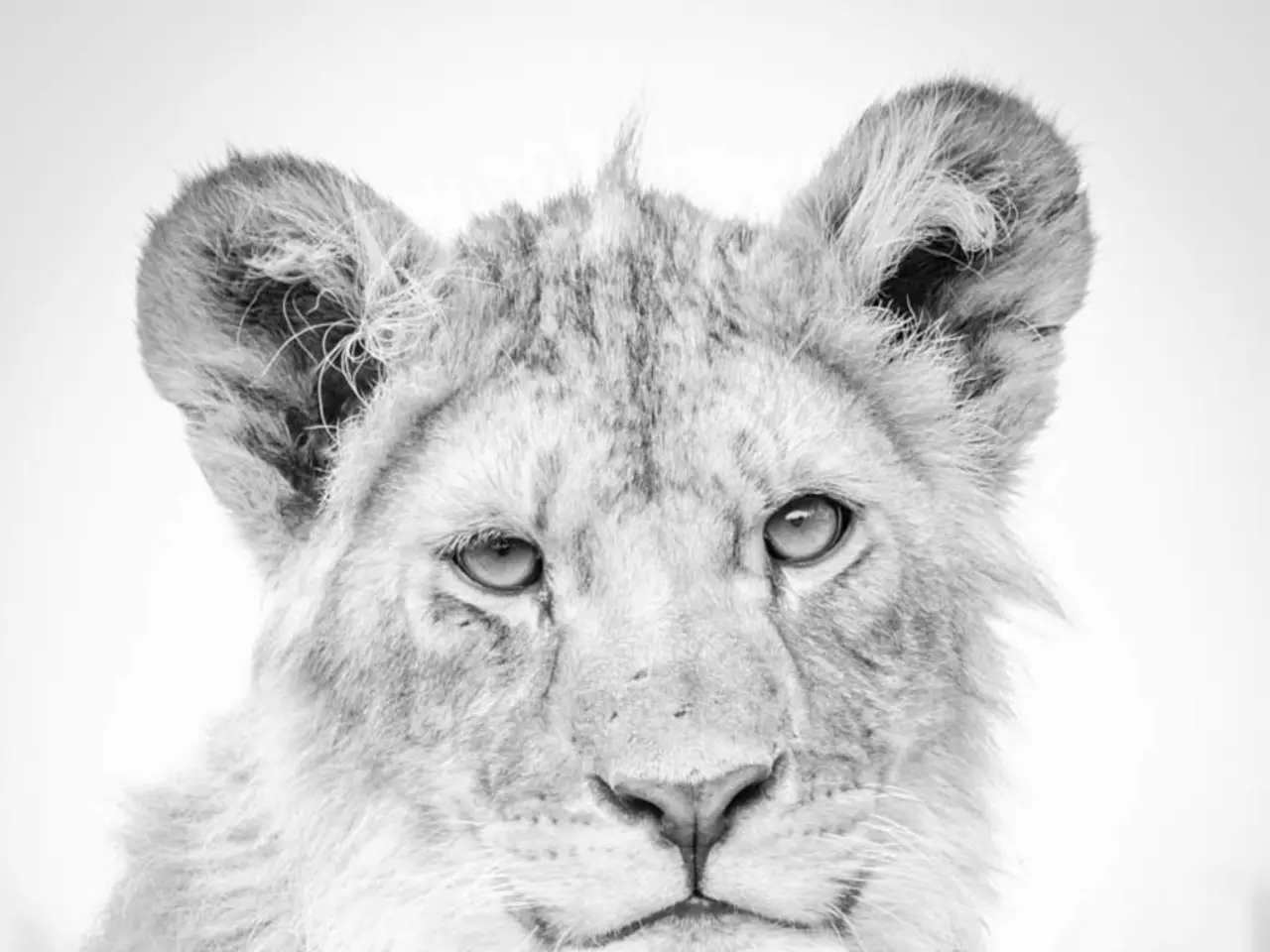Soaring California's Skies: The Return of the California Condors
In a significant step forward for the Californian condor recovery programme, captive-bred condors have successfully mated in the wild for the first time. This development, reported by Mike Spear, a USFWS operations manager, marks a significant milestone towards restoring the bird to its native habitat.
The California condor, North America's largest land bird, was previously on the brink of extinction due to hunting, egg collection, habitat loss, and lead poisoning. In 1987, the last remaining condors were placed in captive breeding facilities, and none were released until 1992. Today, there are 58 condors in the wild and another 125 in captivity, including 26 chicks hatched this year.
However, the road to recovery has not been without its challenges. Last season, a situation occurred where one male condor mated with two females, creating confusion that left eggs exposed for long periods of time. In another instance, a chick hatched from a new, developing egg. Unfortunately, the female condor didn't receive vital assistance from the male, and the chick was left exposed and was attacked by another adult condor.
Despite these setbacks, the reintroduction programme in California, overseen by conservation organisations focused on the programme, continues to show promise. The coming spring breeding season will feature three males and four females that are sexually mature. The hope is for successful breeding and the continuation of the breeding program in the upcoming season.
The first egg-laying by captive-bred condors took place in Ventura County's Sespe Wilderness last June, but neither egg survived. This latest mating in the wild, therefore, offers renewed hope for the future of the Californian condor. The ultimate goal of the recovery programme is to have 200 condors soaring in the wild.
The successful mating in the wild is a testament to the hard work and dedication of the conservationists involved in the programme. As we move forward, it is crucial to continue supporting these efforts to ensure the continued recovery and eventual thriving of the Californian condor in the wild.
Read also:
- Peptide YY (PYY): Exploring its Role in Appetite Suppression, Intestinal Health, and Cognitive Links
- Toddler Health: Rotavirus Signs, Origins, and Potential Complications
- Digestive issues and heart discomfort: Root causes and associated health conditions
- House Infernos: Deadly Hazards Surpassing the Flames








